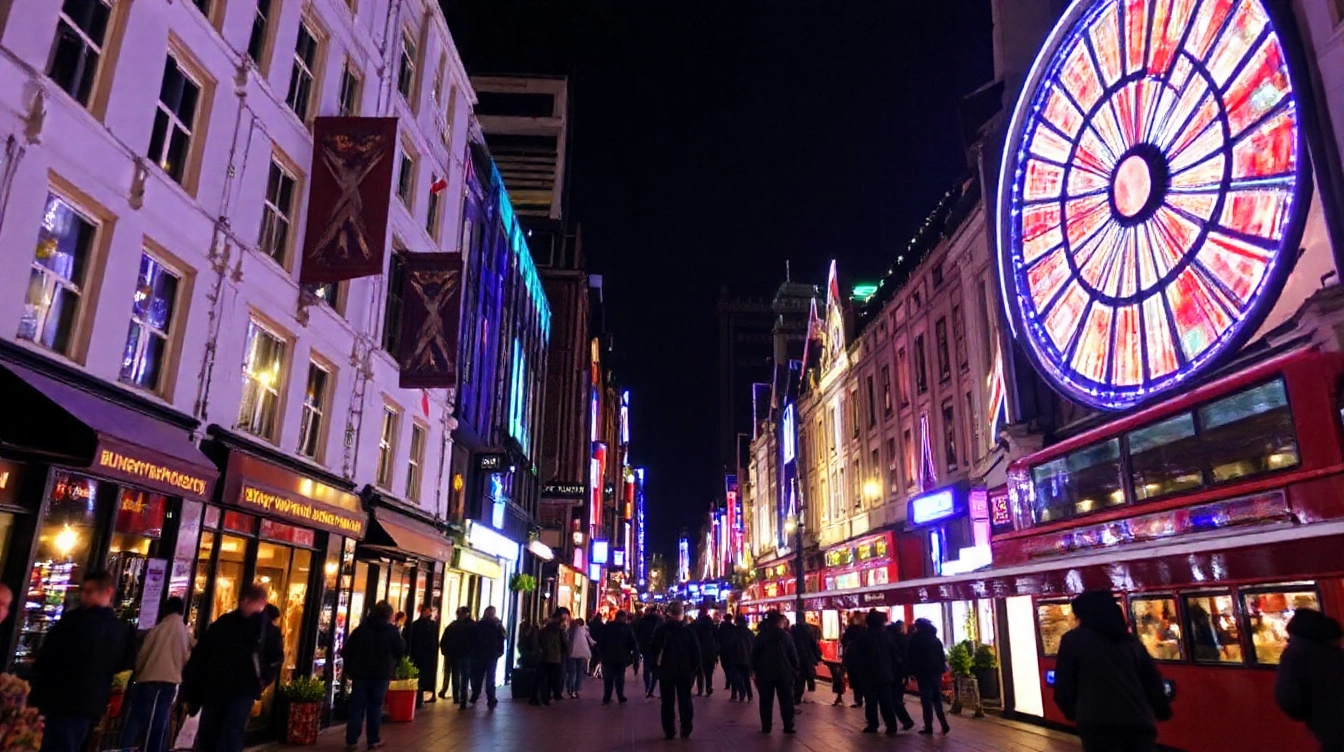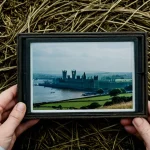Top Seasonal Travel Tips for Visiting the UK
Choosing the right UK travel tips can transform your trip. The UK’s climate varies dramatically with the seasons, so effective travel planning UK hinges on understanding this variability. Winters are often cold and damp, particularly in Scotland and Northern England, so pack warm, waterproof clothing. Summers, while generally mild, can bring unexpected showers, meaning a lightweight rain jacket is a must across all seasons.
When visiting during spring or autumn, layering is essential. These transitional seasons see varied temperatures and unpredictable weather, so layering helps you stay comfortable throughout the day. For summer trips, breathability and quick-drying fabrics will serve you best.
This might interest you : How is the UK Changing its Approach to Tourism in the Wake of Global Developments?
Crowd management is key for seasonal UK travel. Peak tourist seasons like summer and Christmas bring higher prices and busy attractions. Off-peak periods provide cost savings and quieter sites but involve colder weather and shorter daylight hours. Booking accommodations and popular tours well in advance during busy months helps secure your plans and budget.
In sum, smart packing aligned with seasonal expectations, awareness of regional climates, and careful booking strategies are crucial UK travel tips for seamless and enjoyable trips all year round.
In the same genre : What Are the Hidden Gems in UK Tourism You Haven’t Yet Discovered?
Spring Visit: What to Expect and How to Prepare
Spring travel UK offers a vibrant tapestry of blossoms and cultural events from March through May. During this period, the UK in spring displays stunning natural blooms like daffodils and bluebells, enriching parks and gardens. Iconic locations such as the English countryside and botanical gardens become must-visit spots for nature lovers seeking vivid floral scenery.
UK spring events invigorate travel plans with lively festivals celebrating everything from local food to arts. Visitors can join outdoor sightseeing tours, exploring historic landmarks amidst pleasant temperatures. To fully appreciate the season’s charm, engaging in garden visits and attending open-air events is highly recommended.
Planning for spring travel UK requires awareness of its famously variable weather. Expect sudden showers and fluctuating temperatures, often within a single day. Packing layers is essential—include waterproof outerwear, comfortable shoes, and versatile clothing to adapt seamlessly to changing conditions. An umbrella is a practical addition, alongside sun protection for sunnier days.
By preparing thoughtfully, travelers can embrace the best of spring travel UK, enjoying both cultural richness and natural beauty in comfortable style.
Summer in the UK: Maximizing Your Experience
Embrace the sunny months with confidence and preparation.
Summer in the UK offers a vibrant mix of summer events UK lovers eagerly anticipate. From music festivals like Glastonbury to cultural celebrations and outdoor theatre, these events bring communities together under typically pleasant UK weather summer conditions. June through August is prime time for exploring iconic destinations such as the Lake District, Cornwall’s beaches, and historic cities like Bath and York.
However, the surge in visitors means UK summer travel often involves larger crowds and increased costs. Booking accommodations well in advance is crucial to avoid last-minute price hikes and ensure preferred stays. Consider flexible travel dates or weekday visits to popular spots to bypass the busiest times.
Packing for a UK summer trip requires attention to essentials. Lightweight layers and waterproof jackets prepare you for the unpredictable UK weather summer, which may flip from sunny to drizzly swiftly. Don’t forget sun protection—especially sunscreen and hats—to enjoy outdoor events safely. By combining smart planning with awareness of seasonal trends, you can make the most of your summer in the UK with ease and comfort.
Autumn Adventures: Exploring the UK’s Seasonal Beauty
Autumn in the UK is a spectacular period, perfect for UK autumn travel enthusiasts eager to soak in nature’s vibrant transformations. From September to November, the country bursts into rich hues of gold, red, and russet, making fall foliage UK a central feature of seasonal adventures.
September is ideal for exploring northern regions where early leaf changes begin. The Lake District and Scottish Highlands showcase brilliant amber tones. October intensifies the colors across southern England, with the New Forest and Cotswolds offering some of the most breathtaking displays. November then invites travelers to enjoy quieter moments amid fading leaves, especially in Wales and the Peak District.
Autumn activities UK also include food festivals celebrating harvest produce such as apples, pumpkins, and game. Outdoor attractions like woodland walks and countryside drives become unforgettable against this vivid backdrop. However, weather can be unpredictable—layering clothes is essential. Think light sweaters, waterproof jackets, and sturdy boots, allowing you to comfortably explore while adapting to cool breezes and occasional rain.
This dynamic season truly invites visitors to experience the UK’s countryside beauty and cultural richness at its most captivating.
Making the Most of Winter in the UK
Explore festive travel UK and seasonal delights
Winter in the UK offers a range of unique winter events that capture the festive spirit. Christmas markets are a highlight of UK winter travel, featuring charming stalls filled with handcrafted gifts and seasonal treats. Cities like Edinburgh and Bath host renowned markets that bring warmth to the chilly days. For travelers interested in urban festivities, New Year celebrations across the UK provide lively street parties and fireworks displays.
Managing cold, wet weather and potential snow is key for winter travel in the UK. Packing waterproof clothing and layers ensures comfort during unpredictable conditions in regions from Scotland’s Highlands to southern England. Transport can be slower, so allowing extra time for journeys is a practical tip for festive travel UK.
Indoor attractions become perfect escapes during colder days. Museums, historic castles, and cozy theatres remain open, offering cultural richness without braving the elements. Additionally, those seeking active experiences can explore winter sports like ice skating rinks in major cities or even sledging in rural areas after fresh snow—adding excitement to your UK winter travel itinerary.
Regional Differences and Month-by-Month Highlights
Exploring the UK’s varied climates and experiences
The UK regions offer diverse weather and travel experiences throughout the year. Understanding UK weather by month helps visitors plan better.
In Scotland, known for its rugged landscapes, winters tend to be colder and snowier than in England or Wales. January and February often bring crisp, frosty days in Scotland, while southern England enjoys milder conditions. Conversely, summers in Scotland can be pleasantly cool with occasional rain, contrasting with warmer, drier weather in southern England.
England’s weather varies widely. Coastal areas like Cornwall experience more temperate conditions than inland cities such as Manchester. The southern coasts benefit from longer sunny spells during the summer months, particularly July and August, making these months ideal for seaside visits.
Wales offers a mix of coastal and mountainous climates. The Brecon Beacons receive more rain year-round, especially in autumn, while coastal areas are better for sun seekers during late spring and summer.
Tracking month-by-month UK travel and weather patterns allows visitors to select regions and months best suited for their activities. For example, September hosts many local food festivals in Wales, while Scotland’s midsummer sees vibrant Highland games. Exploring these details ensures a richer travel experience aligned with the UK’s seasonal rhythms.











